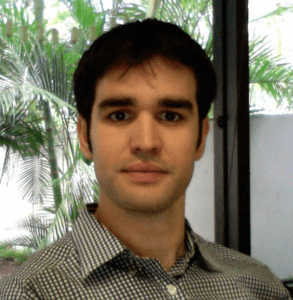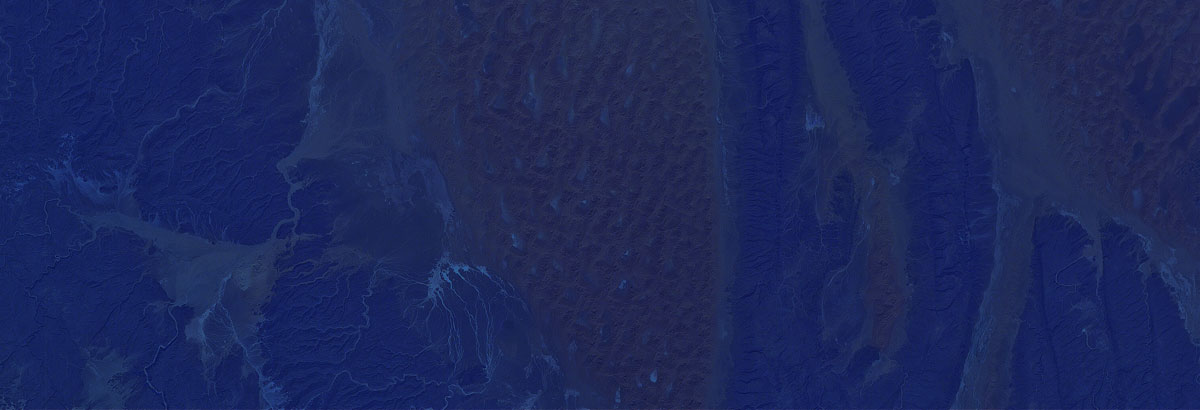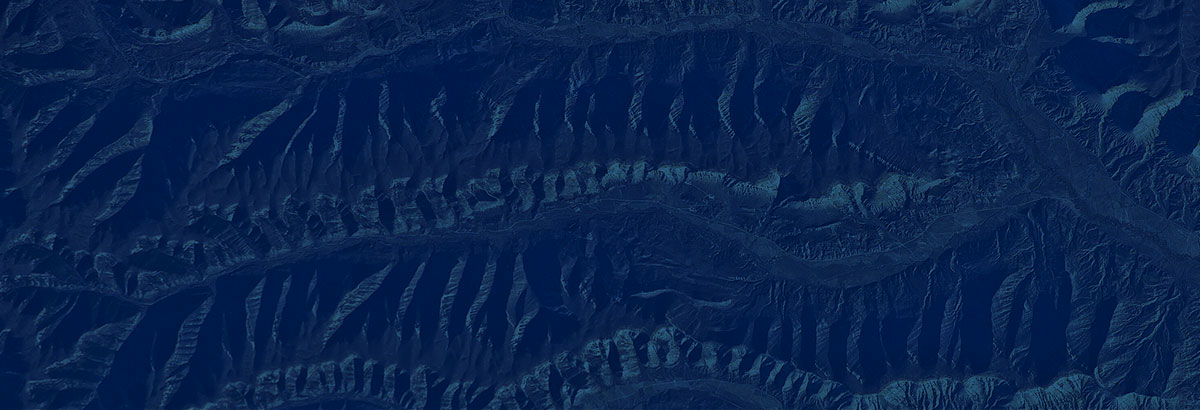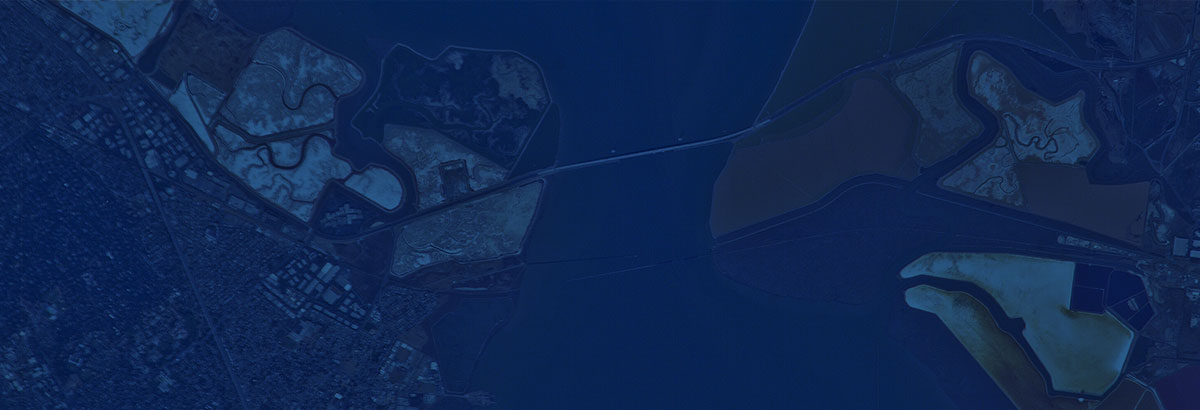Facing the Future of LSST Era Hazardous Asteroid Discovery
June 13, 2017
B612 Asteroid Institute’s Bryce Bolin
Discusses the Future of Planetary Defense.
The B612 Asteroid Institute will be a virtual organization with a particularly close new working collaboration with Data Intensive Research in Astrophysics and Cosmology Center (DIRAC) at the Department of Astronomy of the University of Washington, whose scientists are at the forefront of the Large Synoptic Survey Telescope (LSST) Project. Bryce Bolin, who will be an associate for the Asteroid Institute starting in the fall, reports on Near-Earth Objects and discusses work that is being undertaken by the Institute.
 I am currently a graduate student in Nice, France at the Observatoire de la Côte d’Azur working with Alessandro Morbidelli and Marco Delbo on the population dynamics of Main Belt asteroids. Before I was a student in Nice, I was a research analyst at the University of Hawaii’s Institute for Astronomy working with Robert Jedicke and Richard Wainscoat on asteroid and comet observations with the Pan-STARRS survey telescope. I will begin work as a researcher starting in the fall of 2017 at the B612 Asteroid Institute and DIRAC where I will focus on problems in planetary defense and survey astronomy with Ed Lu and the LSST group.
I am currently a graduate student in Nice, France at the Observatoire de la Côte d’Azur working with Alessandro Morbidelli and Marco Delbo on the population dynamics of Main Belt asteroids. Before I was a student in Nice, I was a research analyst at the University of Hawaii’s Institute for Astronomy working with Robert Jedicke and Richard Wainscoat on asteroid and comet observations with the Pan-STARRS survey telescope. I will begin work as a researcher starting in the fall of 2017 at the B612 Asteroid Institute and DIRAC where I will focus on problems in planetary defense and survey astronomy with Ed Lu and the LSST group.
Attending the fifth Planetary Defense Conference in Tokyo this May provided an introduction to this field. I was first struck by the fact that the community consists of professionals from many different disciplines ranging from astronomy and planetary science, aerospace engineering, disaster relief, and high energy physics. I am grateful for the opportunity to work in a field with a wide variety of individuals with eclectic specialties.
The Asteroid Institute is dedicated to the detection and deflection of hazardous asteroids. The Spaceguard survey was tasked by Congress in 1998 with a goal of discovering 90% of 1 km or larger Near-Earth Objects, or NEOs, capable of causing a major catastrophe on a global scale if one impacted the Earth. NASA completed the goal in 2008. As the original Spaceguard goal was nearing completion in 2005, Congress extended the Spaceguard goal to NEOs 140 m or larger, asteroids large enough to affect entire countries. As a result of their greater number and difficulty to detect, the population of NEOs larger than 140 m discovered by current asteroid surveys is only ~30% complete at most. In addition to 1 km and 140 m NEOs, NEOs as small as 30 m are much more difficult to detect compared to 1 km NEOs, are 3,000 times as numerous, and pose a major threat if they impact the Earth on or near a densely populated area. Less than 1% of the 3 million 30 m or larger NEOs have been discovered so far.
At the current rate of discovery, the number of known 140 m NEOs will be less than half complete and the number of known 30 m NEOs will only be ~1% complete by 2020, the date of the Spaceguard goal set by Congress. In order for the discovered population of NEOs to reach completion, new surveys with advanced capabilities are required. NASA has provided some funding for a proposed space telescope called NEOCam which, if fully funded, will assist in achieving this mandate The Large Synoptic Survey Telescope, or LSST, is planned to begin survey operations in 2022 and will nearly double the number of discovered 140 m or larger and increase by more than a factor of 10 the number of NEOs 30 m or larger in its first year of operations. The development of new data analysis techniques will be required to successfully track and monitor these increased amounts of NEO discoveries in the LSST era.
Today, dozens of asteroids are discovered each year whose trajectories cross the orbit of the Earth and which are possible impact threats. They are called Potentially Hazardous Asteroids, or PHAs, and there are currently about 2,000 of them known, representing 10% percent of all known NEO’s today.
A number of these newly discovered PHAs have a non-negligible chance of hitting the Earth in the next century. Additional monitoring of potential impactors, sometimes over a decade since an object’s initial discovery, would improve the quality of our knowledge of the asteroid’s trajectory so that the possibility of an impact can be confirmed or ruled out. The asteroid Apophis is an example of an asteroid that was projected to have a real possibility of impact in the year 2029 at the time it was discovered in 2004. Additional observations reduced the probability of impact to less than a few parts in a million, but it took almost a decade of monitoring to do so.
In the future, monitoring asteroids in the LSST era of NEO discovery will become more challenging as the number of potentially hazardous asteroid cases per year is expected to increase tenfold. An increase in ten in the number of discovered NEOs and PHAs will require observers to create new strategies to follow recently discovered NEOs. Not only will the sheer number of discovered NEOs increase in the LSST era, but the NEOs discovered by LSST will also be more difficult to detect in follow-up observations because LSST can detect NEOs on trajectories that make them more difficult to observe due to LSST’s greater ability to see fainter asteroids. In addition, more potentially threatening NEOs will be discovered on trajectories that make them impossible to be observed from the Earth for long periods of time due to their viewing geometries. Prioritizing follow-up of NEOs in the future must be approached in a way that takes into account their observability in addition to their probability of hitting the Earth.
In May 2017, professionals from around the world in the planetary defense field met at the Planetary Defense Conference in Tokyo. Members of the world community who practice in different aspects of planetary defense were present. Asteroid observers who specialize in the monitoring and calculation of asteroid trajectories attended along with those who study the deflection and impact aspects. For five days, numerous talks were given over ten different sessions with topics ranging from political developments to NEO discovery and characterization to deflection campaigns.
Ed Lu, Executive Director of the Asteroid Institute, made a presentation at the conference that you can view here.
“During my time at the PDC, I learned a tremendous amount from the leading planetary defense experts. There is a lot of work that must be done to be prepared for an asteroid impact, however, through international cooperation, we can quickly reach a level of readiness that will provide us with the best chance of success in planetary defense.”
– Brandon Bing, B612 Asteroid Institute intern on his experience at the Planetary Defense Conference, May, 2017
In addition to the presentations, a role play scenario was conducted simulating the discovery of a potentially impacting asteroid. The event simulated the stages of initial discovery and characterization of an impact threat by the global community. It was good practice for scientists to communicate their results to leaders outside of the scientific community. One key point I learned is how to present information where the outcome is unknowable. As a scientist, I am used to thinking probabilistically where I consider not just one outcome of an event, but multiple outcomes weighted by their probability of occurring. It might be impossible to know the outcome for certain, even with the best information available, and this can be difficult to convey to an audience that wants to know definitively if an asteroid is going to hit or not. Handling that delicately in order to not sound alarmist, while also effectively communicating potential dangers, is key and should be required practice by everyone in the planetary defense community.
– – – – – – – – – – – – – – – –















